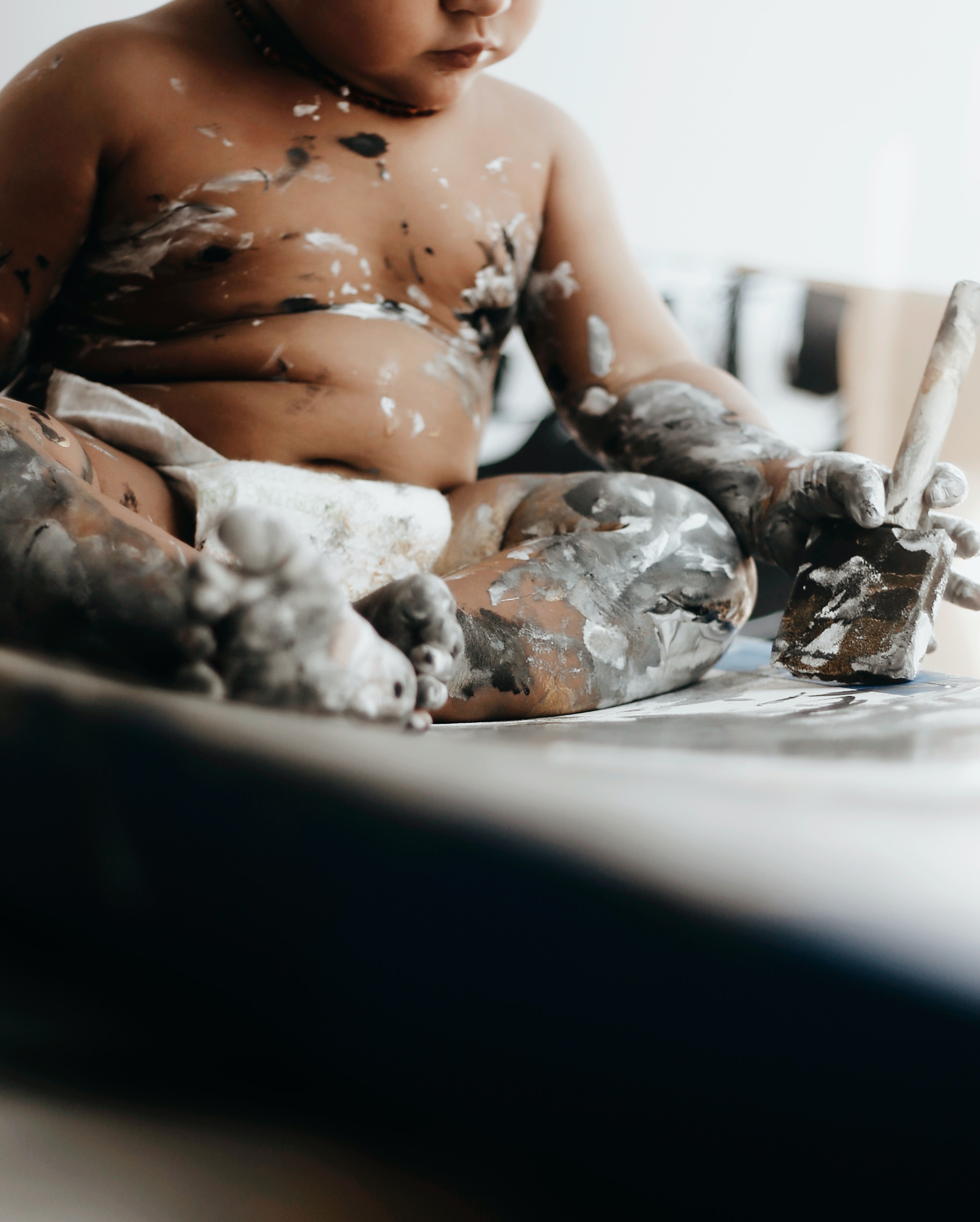I’ve learnt a lot about sensory play in the last couple of years. You’d think, given that Belle is now 19, that my timings might be a little off, but it was only in 2019 that Belle was diagnosed with sensory processing disorder, (SPD), and then ASD in 2020, and so I’ve been catching up.
Reflecting back on when my kids were smaller, sensory play was definitely a part of our lives, we just probably didn’t realise that was what we were doing, that it had a name, or that there were actually a lot of benefits in terms of development and mental health. Playing the garden, building mud pies, splashing in the bath – this is all sensory play that we incorporate into our children’s lives instinctively.
Sometimes though it’s valuable to be a bit more aware of the concept of sensory play and why sensory play is important, and to be more proactive about building it into your day with your child.
In this article I’ve picked out just a few sensory play ideas, but there are loads more out there, so why not have a think about what might work for your child and have some fun with it?
Fidget toys
You may have noticed fidget toys becoming a bit of a craze over recent years – spinners, sheets of popping plastic – some schools have even gone as far as to ban them, which seems strangely counterproductive. While fidget toys may prove a distraction in the classroom for some children, for others they are actually a really useful way to help them focus and concentrate on what they’re doing. Many children with SPD or ASD find it very difficult to sit still, and having something to fiddle with can help to channel some of that excess energy and give them the sensory stimulation they need.
When Belle was at primary school she had one particularly mean teacher who was always telling her off for twiddling her hair. It was an unconscious act – I do it too so I know that – and yet this teacher focussed on it so negatively that Belle ended up being even more stressed than she started because she was so busy concentrating on NOT fidgeting!
There are a lot of different fidget toys available, so if you think your child might benefit from them then try out a few and see how you get on – you may find that just this simple distraction can have a big impact on their concentration and mental health, especially in stressful situations like school or in crowded spaces. You may even find that it paves the way for more calming activities, like mindfulness in the classroom – something which has also be shown to have huge benefits for kids’ mental health.
Creating a rich sensory environment at home
It’s easier than you think to build sensory play into a home environment, and there are lots of small tweaks that you can make to your home to help give your child that extra sensory input, indirectly as well as through play itself.
Let’s take your child’s bedroom as an example – what changes can we make here to enhance your child’s sensory experience and help them self-regulate? Lighting in one obvious way – rather than one bright overhead light, think about how to incorporate different lamps and colours and how you might change these according to your child’s mood. Lava lamps and bubble lamps are great for children to watch, and the movement and colours can be very soothing. Colour changing lamps or bulbs are also brilliant, as you can change these depending on mood or the time of day, using colour to stimulate different emotions.
Textures are another easy way to stimulate the senses – fluffy rugs, soft blankets, squishy cushions and soft toys – all of these work well. If your child experiences a lot of anxiety or has trouble sleeping you might also consider a weighted blanket for their bed, as these have been show to have a positive impact on mental health, promoting a feeling of safety and calm.
Finally think about the senses that are sometimes forgotten – think oil diffusers, scented candles, music and audio.
Sensory play for babies
Introducing sensory play from a young age is the best way to tap into its benefits and for babies I’m afraid this means mess and noise! Babies love exploring things with their hands, so let them go wild with textures, bang pots and pans, anything that gets their eyes sparkling!
Babies do love to put things in their mouths too, so building this into play can be useful. For example, how about sitting your baby on a big mat covered with cold, cooked spaghetti? They’ll benefit from the sensory aspect, touching the spaghetti and finding out more about it that way, but then if they want to give it a taste too then that’s okay!

